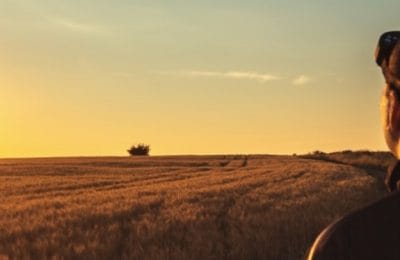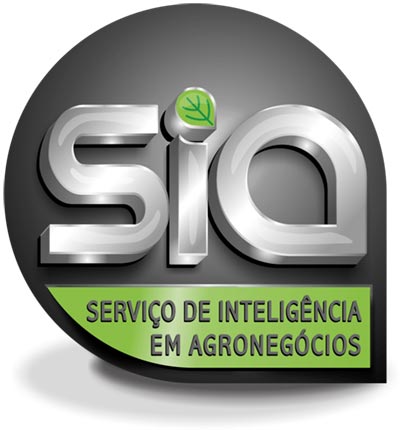Producing meat in the same area that also produces grains. Yes, implementing livestock farming in the production system is an option that has positively surprised many producers who adopt the Crop-Livestock Integration system on their properties. Mainly in your pocket. SIA has been working with this practice for over 10 years and all this time has given us enough experience to tell you some pros and cons of implementing the system and how to convert all of this into productivity.
Let’s start with the pros:
Improvement of soil structure
It has been proven that a well-managed ILP during livestock farming results in benefits for soil fertility, as it improves physical, biological and chemical conditions, due to greater production of dry matter and nutrient cycling, compared to an area in that only vegetation cover is carried out, but without use with animals.
Production diversity
A production system that has a greater diversity of products tends to be more resilient and sustainable, as it is less vulnerable to adverse weather conditions and market fluctuations. Furthermore, there is greater flexibility to adjust the system to what is foreseen in these two scenarios.
Greater gain/area
When we analyze the gains arising from ILP, we arrive at a better economic result per area, since there is production, whether of grain or meat, throughout the year, making the production system more efficient.
And the cons:
Adjustment of areas for Cattle
One of the things that we need to modify, when we are used to a system that is just farming, is the adequacy of the areas and facilities to receive the animals and that they have the necessary comfort so that they can perform their production well.
Divergence between farming and livestock teams
It is very common, in integration systems, for the property to go through a period of adaptation, in this sense, since the teams, which previously focused only on their production object, become part of a single system and, to this end, many paradigms must be broken. This adaptation depends on a lot of conversation, mediation and interaction so that there really is a unified system in which the objective is the final result and not just that of one “team” or another. (Mixing these teams in football is a great way to generate this joint engagement! #ficaadica)
System adjusted in detail
As with everything that becomes more profitable, it also becomes more demanding. It’s no different at ILP! This type of production system requires greater skill and technical knowledge to carry out global planning of the system and the necessary adjustments at critical moments, such as when switching between pasture and crops. Furthermore, the success of an integrated system depends on success in pasture management, which is essential to guarantee the benefits that we always highlight from ILP, otherwise we could have negative results if we just decide to put cattle in the winter, but without having sufficient knowledge of how to make the circle virtuous.
So, are you going to put cattle in the soybean area or are you going to continue not MAKING MORE PROFIT?







